Physical Address
304 North Cardinal St.
Dorchester Center, MA 02124
Physical Address
304 North Cardinal St.
Dorchester Center, MA 02124
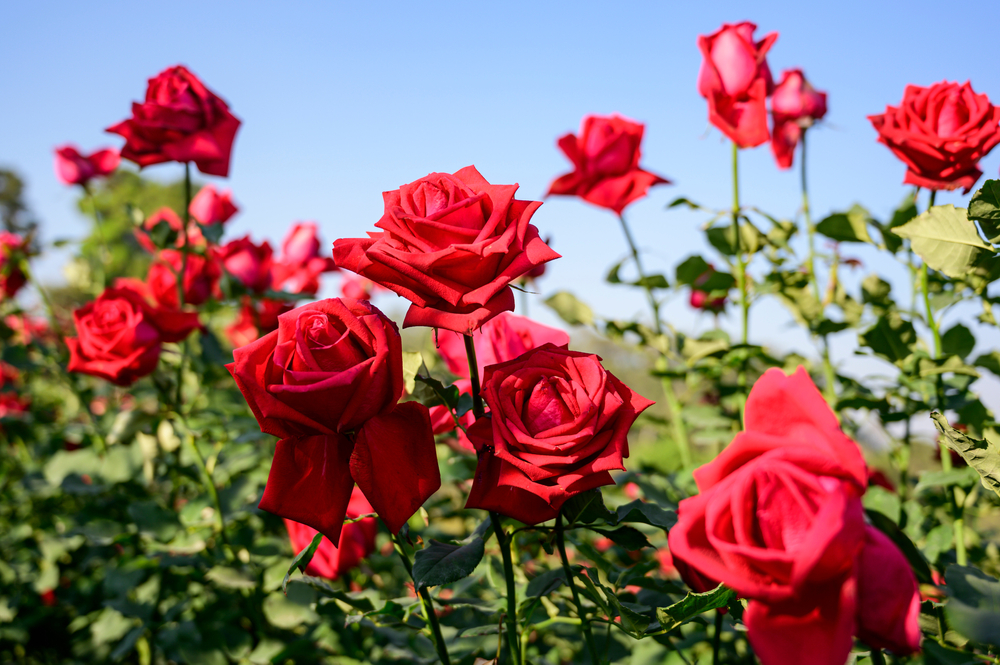

Beyond being admired for their unsurpassed beauty and refreshing perfume, roses have long been the pride of many a gardener. Learning how to grow roses in your outdoor garden places you in one of the oldest pursuits humans have ever engaged in, reaching back many thousands of years. Ancient Chinese and Persian cultures were the first to cultivate roses, and as civilizations evolved, so did their popularity. Now it’s your turn to plan a lovely rose garden of your own that exudes elegance and romance within any outdoor setting.
Planting roses in the garden has several advantages. You will get not only the overall esthetical look but also fresh blooms to cut and take inside for beautiful compositions. Rose gardens become a place of attraction for helpful insects like bees and butterflies, resulting in overall good health for the ecosystem. Moreover, looking after your roses is rewarding and therapeutic in their tending. One gets the fulfilling feeling of having created something that is capable of nurturing and bonding with nature.
This is a step-by-step approach to raising roses in your outdoor garden—from selecting rose varieties suitable for your garden and how to prepare a garden to the techniques of planting and on to basic care and sophisticated techniques of growing. By the end, you will be armed with the knowledge and resultant confidence to grow that resplendent rose garden that’s sure to overwhelm your neighbors. Those who want more information on the colorful history of rose cultivation will find it necessary to contact the American Rose Society.
Variety is the spice of roses. From choices that would fit your garden needs to your personality, you will find them all here. And here are some main types of roses:
Hybrid tea roses: They are also the most popular roses known as the classic, long-stemmed beauties you see most in florist shops. They bear big, well-made blooms and are suitable for cutting.
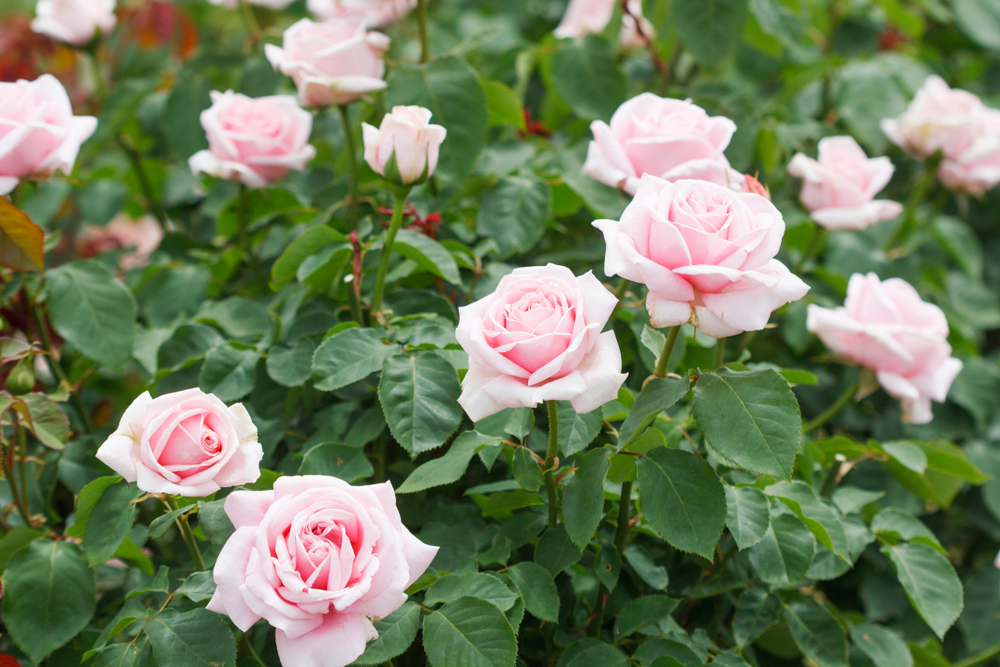
Floribunda Roses: They may be termed as shrub roses, but they are primarily a variety of rose that grows in clusters of blooms. They are fewer in number compared to hybrid tea roses but more compact and continuous in growth and blooming.
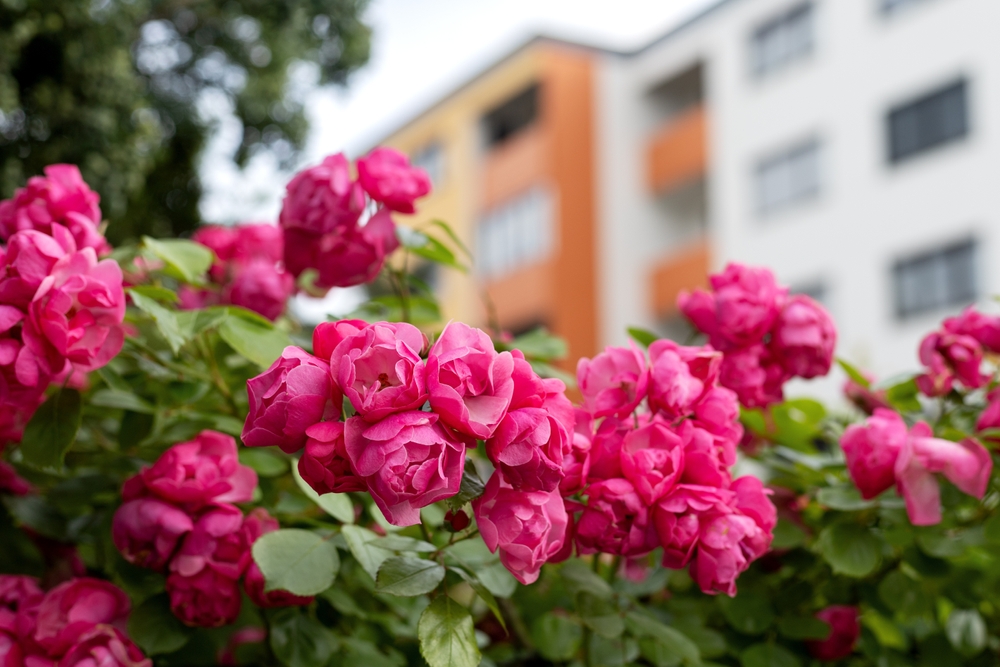
Grandiflora Roses: As a cross between the hybrid tea and floribunda roses, it takes the best of both worlds in that they are large in bloom but clustered in growth.
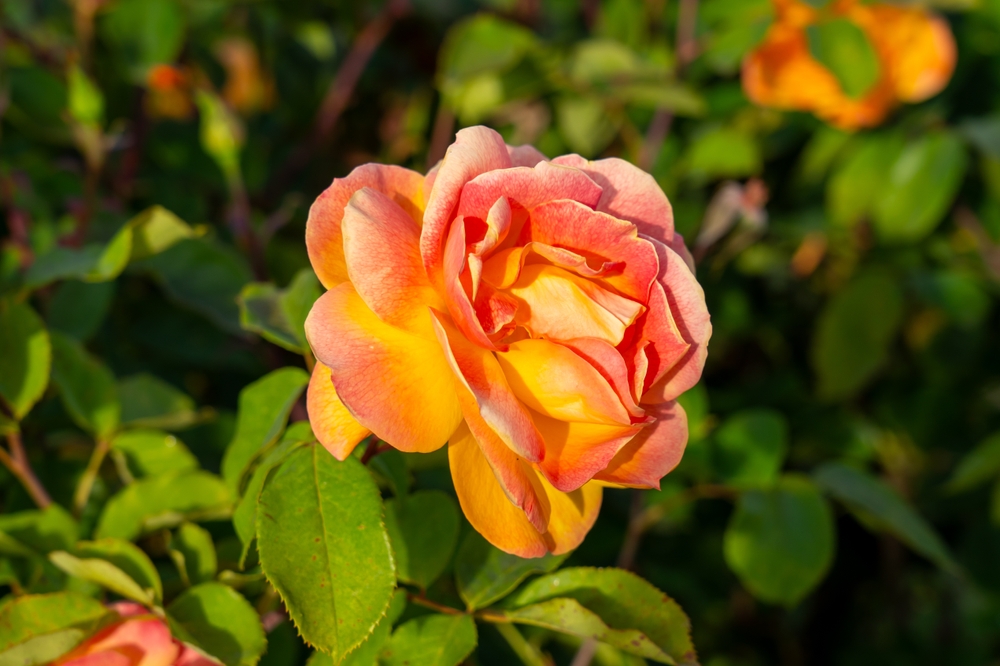
Climbing Roses: These roses combine beauty in an upright format with extremely long, flexible canes. They are best suited for trellises or over arbors/walls.
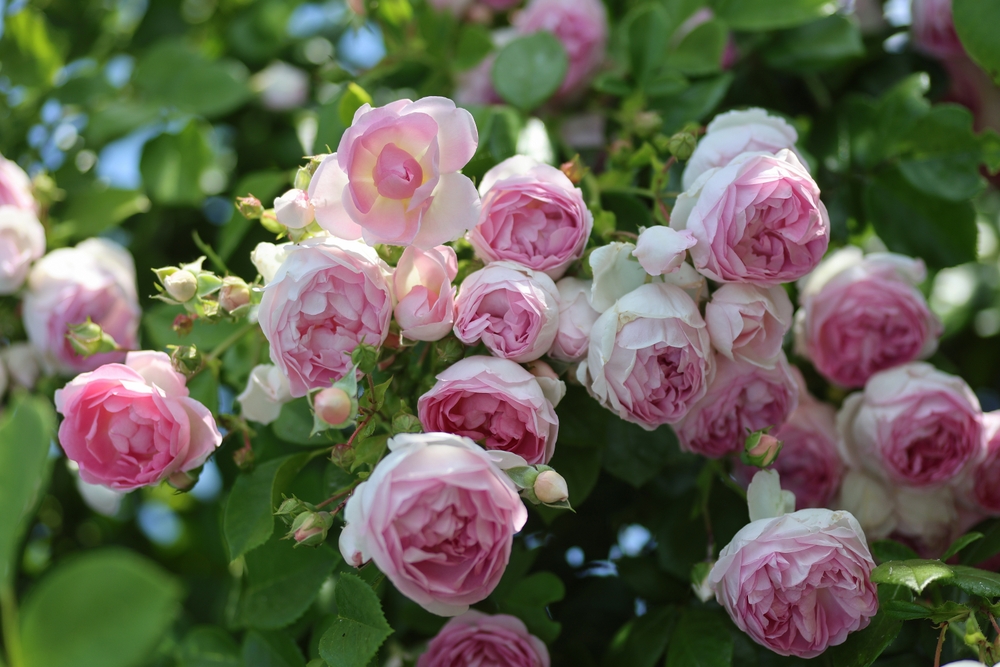
Shrub roses: are hardy, low-maintenance plants that can be grown as hedge-formation and spread around in a wide area in the garden.
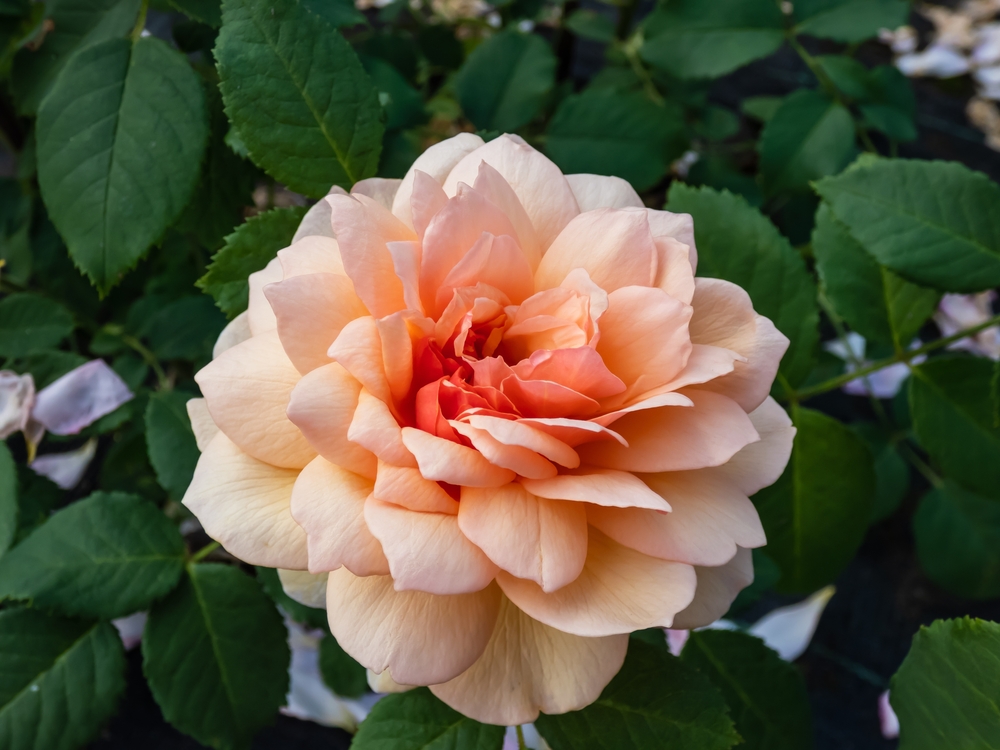
Choose roses that would work best with the two main things to consider: climate and hardiness zone. Most roses love a full sun and well-drained soil, although this also depends on their type. Research kinds that have shown success in your area.
Color and fragrance are so very subjective; the results in your garden could be surprising. Colors will delight every taste, from the most classic of reds and pinks to totally crazy new blends—not even forgetting green roses. Be sure to mix bloom times so you have flowers throughout the growing season.
Varieties that are disease-resistant are a good choice for the beginner. Look out for tags showing that the variety of roses is resistant to common rose problems, such as black spot or powdery mildew; these will be easier to maintain and often perform well, allowing one to build further confidence in growing roses.
This will be the most important step in planting a rose garden: the selection of location. As roses are sun-lovers, place them in at least a minimum of six hours of direct sunlight every day. Morning sun is best, as the dew that had formed at night will dry out fast in the morning sun and not lead to fungal diseases.
Soil conditions are the basic needs of rose health. Globally, any well-drained soil of pH 6.0 to 6.5 with fertility will be perfect. If your soil is too heavy with clay or sandy, then addition of something to improve its drainage and capacity as a soil in holding and giving out its nutrition will be required. Check your soil for its pH and nutrient content and make appropriate adjustments.
Also, do not forget about air circulation. Good air movement prevents the development of fungal diseases by keeping the foliage dry. Plant roses where there will not be static air, and away from walls and fences.
Consider mature size when planting roses in your garden. Plants must be spaced to allow for growth and air circulation. More precisely, roses of larger cultivars should be at least 3 feet apart from one another, whereas smaller cultivars may be spaced 2 feet apart.
Companion planting will enhance beauty and health in a rose garden. Pair roses with lavender, catmint, or salvias to show off their color contrast beautifully while attracting beneficial insects to the site. Keep them away from anything that would compete for nutrients or moisture with the roses, like trees or large shrubs.
While envisioning the appearance that you want your garden to have, construct focal points of climbing roses over arches or trellises. Group plantings of roses with exacting care together to make care easier.The design should reflect your personality in a rose garden, and it shall serve to bring you joy for many years.
Proper soil preparation should be done before you actually plant your roses. First, test your soil so that you can understand the pH value or the content of the nutrients inside it. You can do testing by yourself using a home-testing kit, but for complete analysis, send off a sample to the local office of your cooperative extension for further research.
Depending on your soil test results, start modifying the structure of your soil. If it is quite heavy clay, add some organic matter in the form of compost or well-rotted manure; this will provide for better drainage. In sandy soils, this will improve their water- and fertilizer-holding capacity to a large extent. Mix these into the first 12-18 inches of soil.
If necessary, perform a pH adjustment in the soil. Roses prefer their soils to lie between pH 6.0-6.5, slightly acidic. So if your soil is way too acidic, it’s lime time to bump up its pH. Where very alkaline, then sulfur will bring down the level, but always base these recommendations on your soil test results.
Finally, a well-balanced and slow-release rose fertilizer is recommended for addition to the soil by hobbyists. Actually, this is done to provide ready supply while the rose plants are settling down.
The best time to plant roses would depend on your climate. In most areas, the perfect season for planting would be in early spring and early fall. Spring planting gives the rose a chance to grow well before summer heating; fall planting allows enough time for roots to develop before winter dormancy.
Now, relating to the choice one has between bare-root and container roses, both have their advantages. Bare-root roses are normally cheap and available in more varieties. While a container rose is ready for planting in any growing season, it has less shock from transplanting.
Given below is the step-by-step procedure to be followed while planting bare-root roses:
Container Roses: Carefully remove the plant from its container loosening the roots if they have become too bound and plant in a hole of similar depth. Back these with some regular care, and it won’t be very long before your roses have settled in.
Provide adequate water to the plant, especially throughout the first growing season after planting. Observe the lookout for pests, or other stress signs, and show patience while your roses settle down in their new home.
Want healthy, blooming roses? Proper care goes a long way. A basic rundown of rose care follows.
Watering techniques:
While, of course, roses do need adequate and constant moisture, sometimes overly wet conditions may be a problem. Water deeply once or twice a week, depending on the climate and type of soil. About 1 to 2 inches of water is recommended per week. Water close to the ground around the base, with themia and foliage kept dry to reduce the possibility of disease. Drip irrigation or soaker hoses could be used for this purpose if you want to avoid wasting water efficiently.
For best growth, fertilize: Roses are heavy feeders and love regular feeding. A balanced, slow-release rose fertilizer should be applied early in spring once new growth starts. Further applications should be every 6 to 8 weeks during the growing season. Avoid fertilizing six weeks or more before an expected first frost date so plants have time to harden off for winter.
Mulching Benefits and Methods: Mulch around the roses, with an application of about 2-3 inches deep, and keep it a few inches away from the stems. This aids in retaining the moisture and suppressing weeds. In so doing, it controls the rise in temperature of the soil. Organic mulches, in their decomposition, change the structure of the soil. Thus, they help, for example, bark chips and compost.
The Basics of Pruning Regular pruning will promote healthy growth and profuse blooming. As spring breaks, remove the dead, damaged, or crossing branches. Clean cuts, angled at 45 degrees, should be made just above a bud facing outward. Midseason, lightly prune them to keep shape and cut through any diseased or dead wood.
But if you have already acquired the basic ideas, here are some sophisticated techniques that can further enhance your rose garden.
Deadheading for continuous blooming: This will keep them in bloom. Just remove the spent blooms regularly, and it will spur them on to new growth and more flowers from your plants. Remove at the first set of leaves below the bloom.
Train Climbing Roses: During the growing season, guide climbing roses along trellises or supports. You can do this in a fan or spiral pattern to achieve good coverage and bloom display by gently tying the canes to the support with soft plant ties.
Over-wintering Techniques: This is how you protect your roses from winter injury if you live in a cold climate. Place some soil or compost at the base by tucking it in over the bud union. Rose cones and/or wrapping with burlap may also be added for protection.
How to revive established rose bushes: Mature roses should, by all means, be hard pruned to stimulate new growth. At the very early spring, cut the whole plant down to about 12-18 inches in height, removing totally any canes dead or weak.
It is assaulted by various pests and diseases; still, a little awareness and care can keep your plants healthy. Some of the common rose pests and their control measures are mentioned herein:
Aphids: Spray the infested part with a strong jet of water or insecticidal soap.
Japanese beetles: Handpick them, drop them in soapy water, otherwise do trapping with pheromone traps.
Spider mites. Mist to create an atmosphere with high humidity for the plants; treat with neem oil if infestation is taped to be high.
Diagnoses and Controls of Roes Diseases
Black spot. Improve air circulation and remove infected leaves with fungicidal spray applications as need be.
Powdery mildew. Avoid overhead watering and improve air circulation. Apply fungicides at first sign of infection.
Rose rosette disease: This disease could be controlled by removing and destroying plants showing the disease, as soon as possible, to check further spread.
Organic Control Measures of Pests:
Companion planting of flowers like marigolds or alyssum favours beneficial insects.
Application of neem oil/ insecticidal soaps for pest control
Good garden hygiene- clearance of leaves and other debris from the ground surface.
Preventive care:
IX. Seasonal Rose Care
During each season, a different kind of care called for with your roses. In
Spring:
Fall:
Gradually start fertilizing less as plants harden off dormancy
Clean up around any fallen leaves and other Debris so they do not overwinter any disease.
New Planting or transplanting of established roses
Winter:
Apply winter protection after the first hard frost.
Prune in late fall should not be done, as this will create new growth.
If there is little rain fall, flush with water until ground is frozen.
Of course, growing roses can, in fact, be a delight if one allows for a little patience. Cultivation will bring into the outdoor space a beautiful color and nice fragrance. Knowing how to distinguish the types of roses, rightly prepare your garden, and making sure it’s taken care of properly will certainly get you on the right foot in growing lovely roses.
The thing is that one needs to be quite patient about growing roses, for one’s plant will take at least one whole season, if not two, to look that ultimate. But the result turns more than worth the wait. You might come across every variety of setbacks in the process. After all, everyone faces some challenges, even expert gardeners. You learn from experience at each go and enjoy tending your roses.
Let us then encourage you to start your journey of rose gardening today. Be it the first rose bush that you will plant or an addition to a roses garden, seeing them thrive and, finally, bloom is unparalleled. A good gardening!